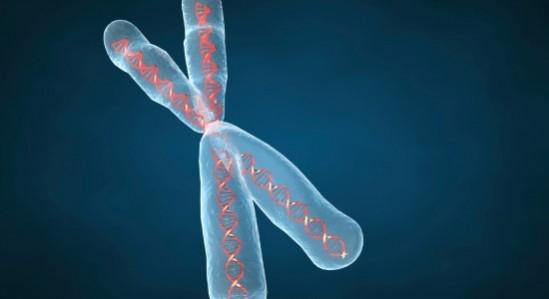
Extramarital sex dating back to 500 years in Western Europe families can now be revealed through DNA evidence put together by researchers. A study involving 513 pairs of contemporary adult males living in Belgium and the Netherlands who shared a common paternal ancestor was conducted.
It found that incidents of "extra-pair paternity" (EPP), whereby a female reproduces with a male other than the person she is "pair-bonded" with, frequency varied considerably among people depending on their circumstances.
The 513 pairs of men - barring an EPP event - should have carried the same Y chromosome. However, the findings, reported in Current Biology, yielded some surprises.
Result of the study
Specifically, the evidence of extramarital sex events turned up much more often in people of lower socio-economic status who lived in densely populated cities in the 19th century.
"Extra-pair paternity, especially due to adultery, is a popular topic in gossip, jokes, TV series, and literature," said Maarten Larmuseau from KU Leuven and Histories, Belgium.
"But scientific knowledge on this phenomenon is still highly limited, especially regarding the past".
Evolutionarily speaking, it's clear that remaining faithful to one's partner isn't always the most advantageous strategy.

Males may benefit from straying by siring extra offspring; females may benefit by mating with superior males. But in human societies over time, how often has EPP really happened?
"Our research shows that the chance of having extra-pair paternity events in your family history really depends on the social circumstances of your ancestors," said Larmuseau.
If they lived in cities and were of the lower socioeconomic classes, the chances that there were EPP events in your family history are much higher than if they were farmers, the researchers noted.
The EPP rate was much lower among farmers and more well-to-do craftsmen and merchants (about 1 per cent) than among lower-class labourers and weavers (about 4 per cent).
The extra-marital sex events also rose with population density.
The researchers say the findings support evolutionary theories suggesting that individual incentives and opportunities for seeking or preventing extra-pair mating should depend on the social context.
They also debunk the notion that EPP rates in Western society are generally high, they say, noting that the evidence puts average rates at around 1 per cent.
(With inputs from IANS.)













